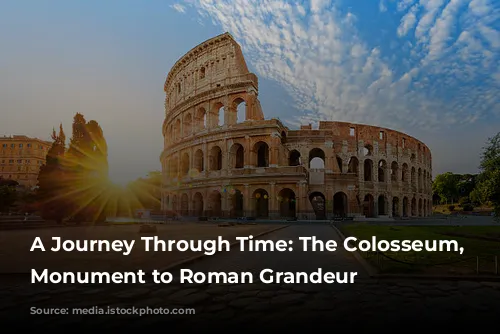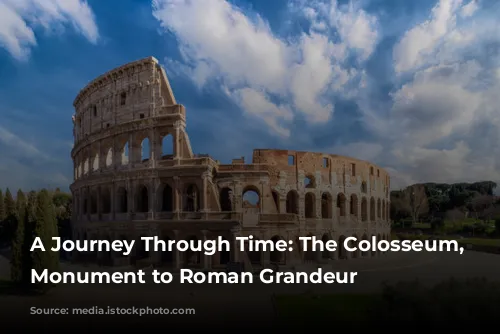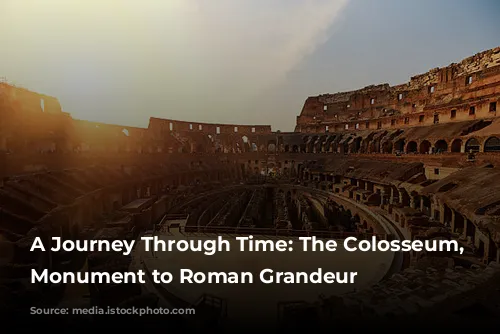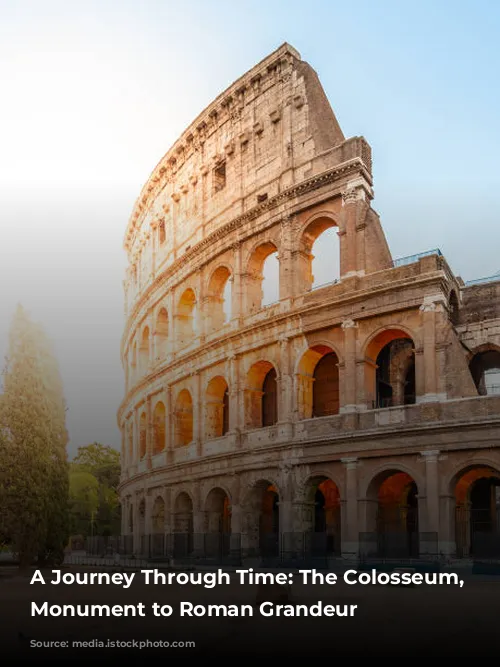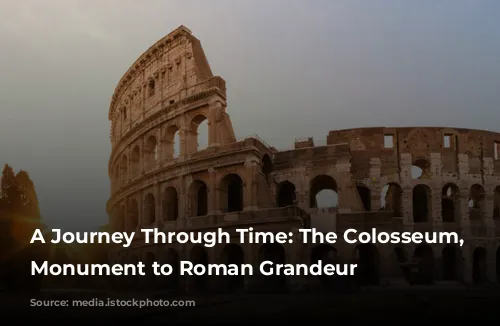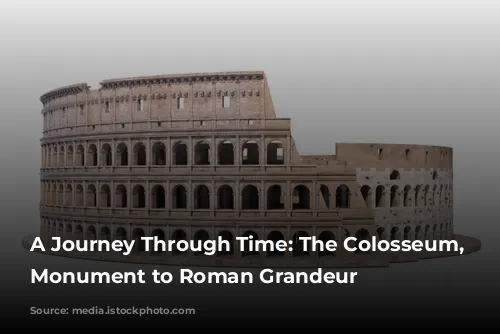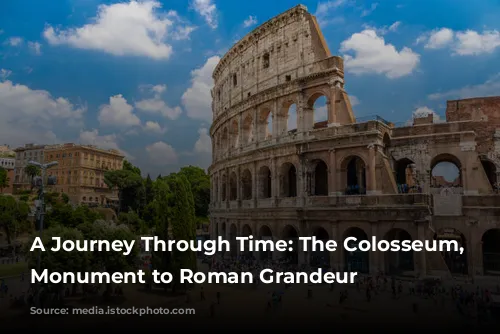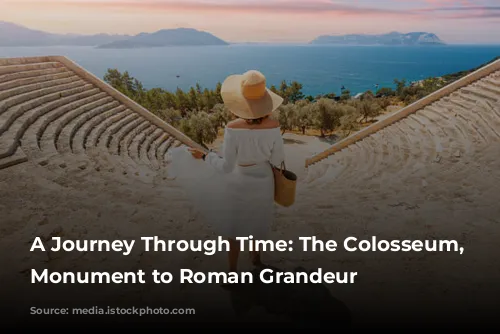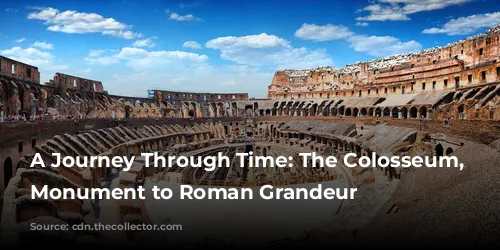The Colosseum, a majestic structure that stands as a testament to Rome’s glorious past, is a must-visit for anyone traveling to the Eternal City. This ancient amphitheater, once the epicenter of gladiatorial combat and spectacular spectacles, continues to enthrall millions of visitors every year.
It is more than just a pile of stones; it is a living monument to a bygone era, an era that witnessed the rise and fall of the Roman Empire. Today, it is a UNESCO World Heritage site and one of the modern seven wonders of the world. But what exactly makes the Colosseum so compelling, so captivating? Let’s delve deeper into its history and uncover the reasons why this architectural masterpiece is a timeless treasure.
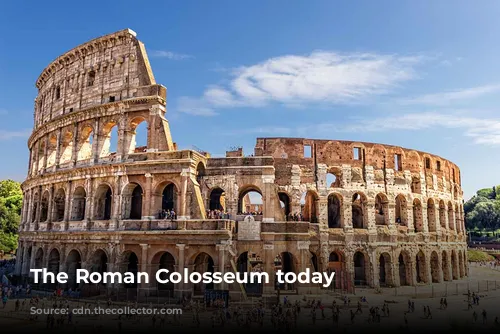
A Giant of Ancient Architecture
Imagine stepping into the Colosseum, built over 1,900 years ago. It’s a time machine, transporting you back to a world where gladiators fought for their lives and emperors entertained their subjects with breathtaking displays of power and pageantry. Built by Emperor Vespasian in 72 CE and completed by his son Titus in 80 CE, this colossal edifice has weathered the storms of time, enduring earthquakes, fires, and even stone theft.
The Colosseum is an awe-inspiring example of Roman ingenuity. Its design, with its multi-layered tiers, allowed for a vast audience to witness the spectacles unfolding in its arena. Each level was reserved for a different class of Roman society, reflecting the social hierarchy of the time. As you walk through its arched corridors, you can almost hear the cheers of the crowd, the clash of swords, and the roar of the wild beasts.
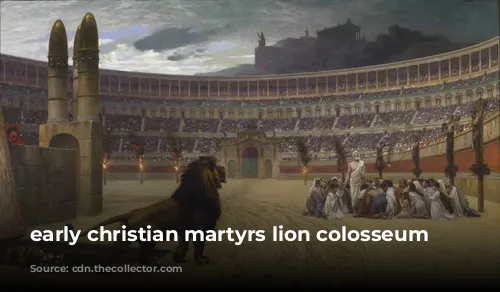
A Colossal Undertaking
The Colosseum is not just a marvel of architecture; it’s a marvel of scale. It was the largest amphitheater in the world, capable of accommodating an audience of up to 70,000 people. That’s a staggering number, one that speaks volumes about the grandeur of Roman society and its love for public entertainment. Imagine the sheer logistics of building such a colossal structure, using 100,000 cubic meters of travertine stone transported from quarries in Tivoli and pieced together with thousands of iron clamps and concrete.
The Colosseum’s sheer size is breathtaking. Covering 5 acres of land, it stretches 612 feet long and 515 feet wide. It’s hard to comprehend the scale of this ancient wonder without seeing it firsthand.
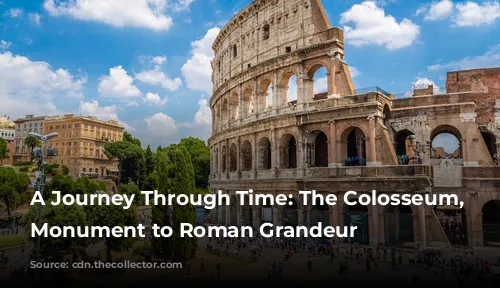
A Legacy of Engineering Genius
The Colosseum stands as a testament to the extraordinary engineering skills of the Romans. Its robust concrete foundation and intricate system of arches have allowed this ancient edifice to endure for centuries. The Romans were masters of construction, and their techniques continue to inspire architects and engineers today.
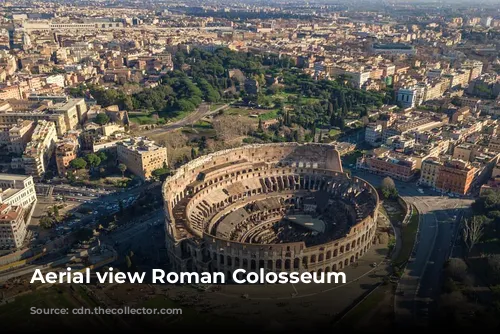
More Than Just Stones: A Window into Roman Life
The Colosseum is a window into the heart of Roman society, a reminder of the brutal and captivating events that once played out within its walls. From gladiatorial combats and dramatic re-enactments of ancient myths to wild beast hunts and chariot races, the Colosseum witnessed a kaleidoscope of events designed to entertain and enthrall the Roman public.
It is a poignant reminder of the entertainment that Romans craved, of their fascination with spectacle, and of the power of human ingenuity to create structures that would stand the test of time. It is a testament to the enduring spirit of the Roman people and their ability to build, innovate, and create a legacy that would continue to fascinate and inspire generations to come.
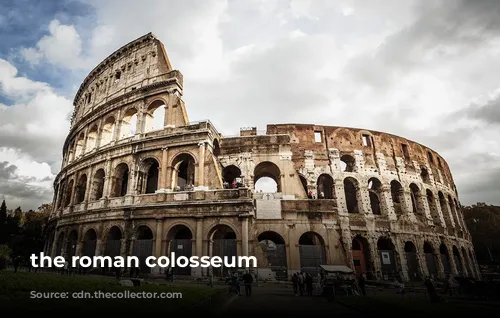
A Must-Visit for Every Traveler
The Colosseum is more than just an ancient ruin; it is a living testament to the brilliance and audacity of the Roman people. Its sheer scale, its historical significance, and its architectural brilliance make it a must-visit destination for anyone interested in history, architecture, or simply the power of the human spirit. It is a journey through time, a chance to touch the past and witness the grandeur of a lost civilization. So, plan your trip, book your tickets, and prepare to be amazed by the Colosseum, an iconic symbol of Rome, a treasure of the world, and a timeless reminder of the enduring power of human creation.
